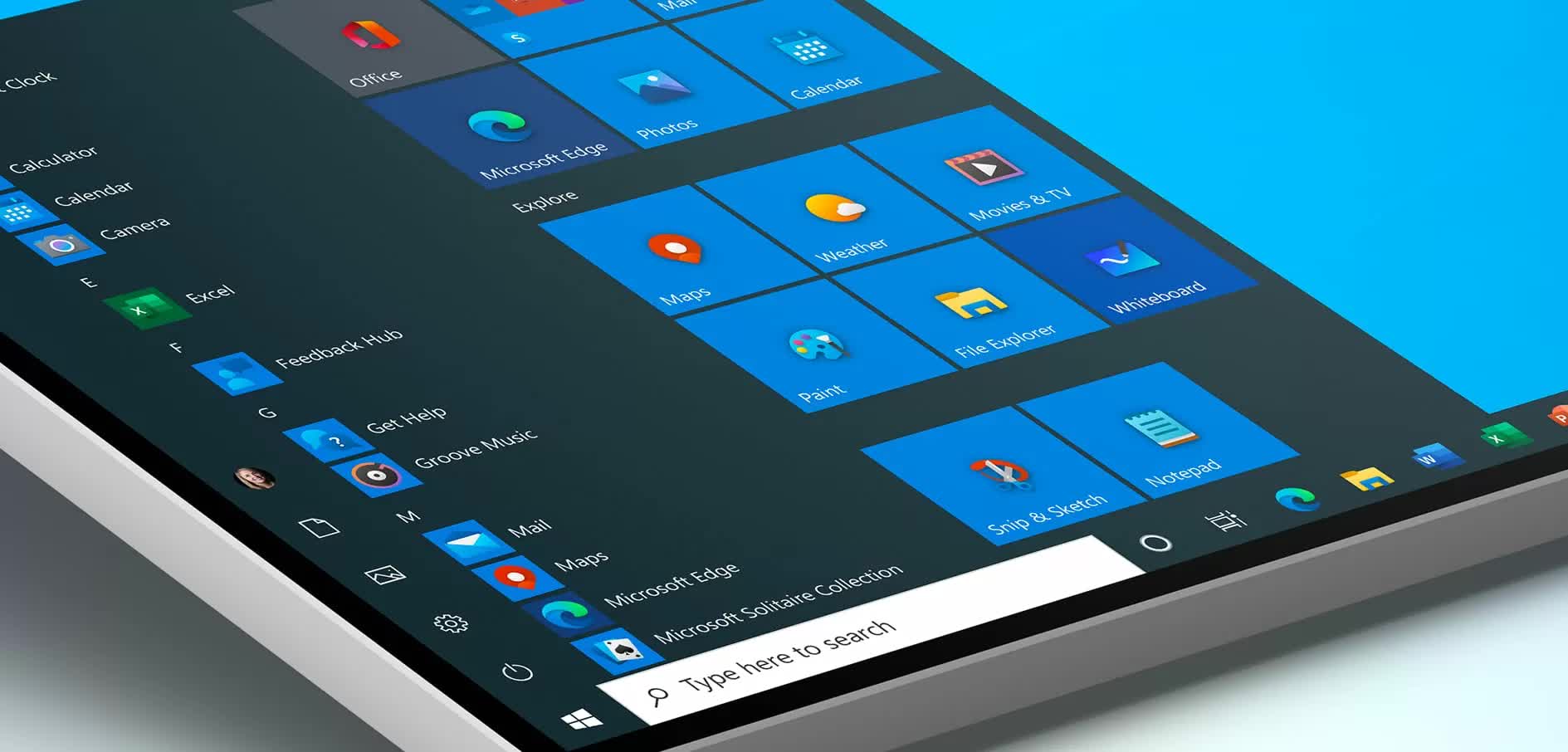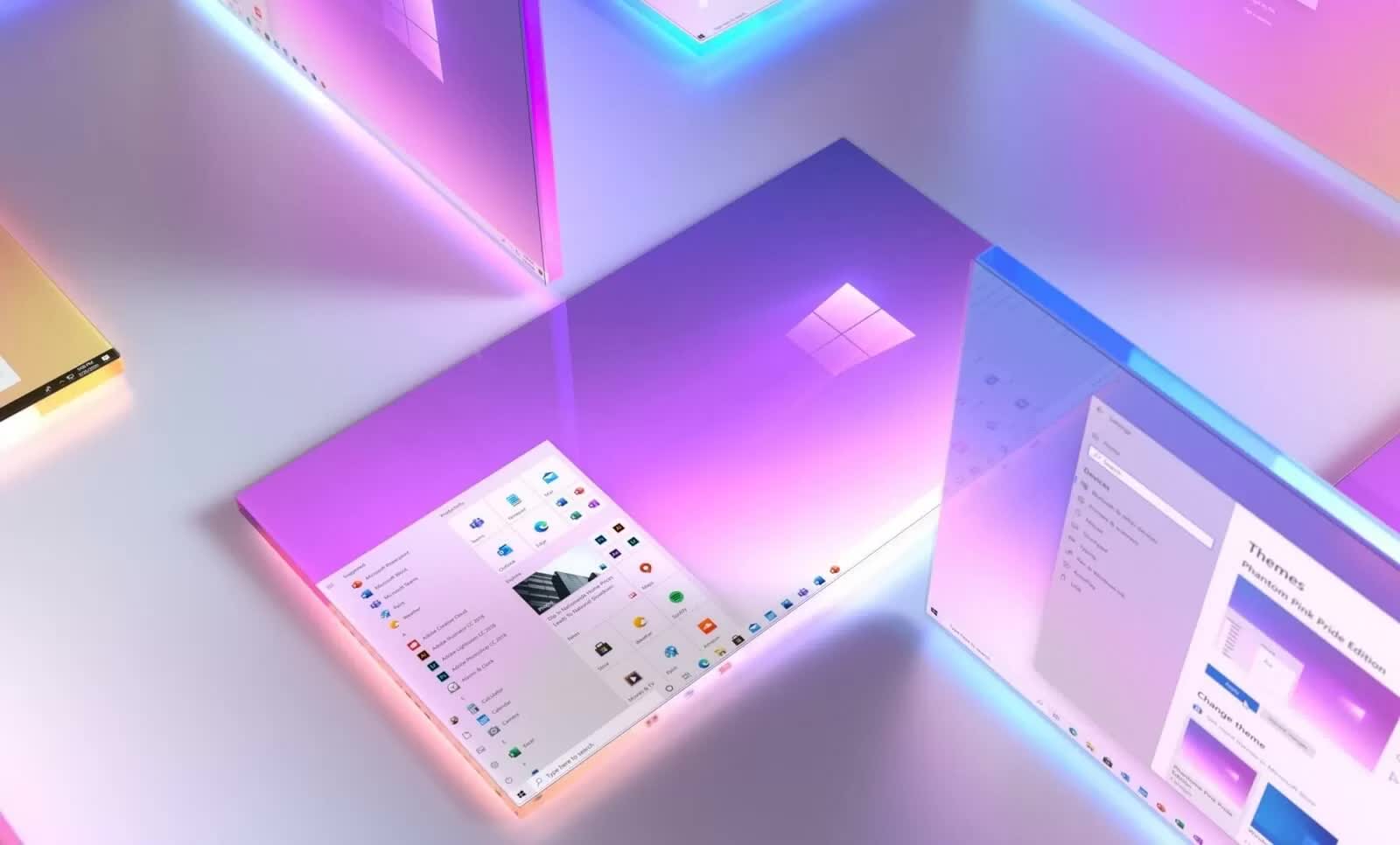The big picture: Microsoft's modular, lightweight Windows 10X is expected to roll out next year, albeit for single-screen devices initially. The OS is thought to bring a simpler and coherent UI/UX across several Windows components, and it now looks like a big UI refresh is on the cards for Windows 10 as well. Reportedly arriving in 21H2, the design overhaul project is codenamed 'Sun Valley' and will target the Windows 10 Start Menu, Action Center, File Explorer, and a few built-in apps.
We recently saw minor changes to various Windows components in Microsoft's October 2020 feature update, but next year the company will reportedly shift things into high gear, at least in terms of design.
Windows 10X, Microsoft's 'Lite' version of its standard OS, is expected to roll out publicly by spring next year, though it won't arrive for dual-screen devices until 2022. The new OS will also feature a familiar but modern Windows experience, as indicated by Microsoft's preview of its new File Explorer earlier this year.
Now though, it looks like the company has plans for a broader design refresh, presumably to align experiences across Windows 10X and its standard desktop counterpart. According to ZDNet's Mary Jo Foley, Microsoft may ship just one feature update for Windows 10 next year, which it internally calls "Cobalt." This update will arrive in the fall of 21H2 and pack big UI changes for the Start Menu, Action Center, and the legacy File Explorer.

Codenamed 'Sun Valley,' this UI refresh is apparently being worked on by the Windows Devices and Experiences team under the guidance of Microsoft's Chief Product Officer Panos Panay. Zac Bowden from Windows Central also notes that an updated Taskbar built with modern code, wider Dark mode support across legacy apps, and several tablet improvements can be expected from this overhaul.
Interestingly, Microsoft will also make these design changes optional, at least for some features, allowing users to switch back between new and old experiences. Once the company is able to achieve design uniformity and harmony across single-screen devices for Windows 10 and 10X, we can expect to see the latter tweaked further for upcoming dual-screen hardware like the delayed Surface Neo.
